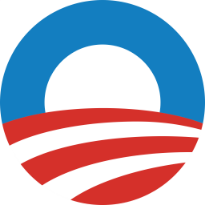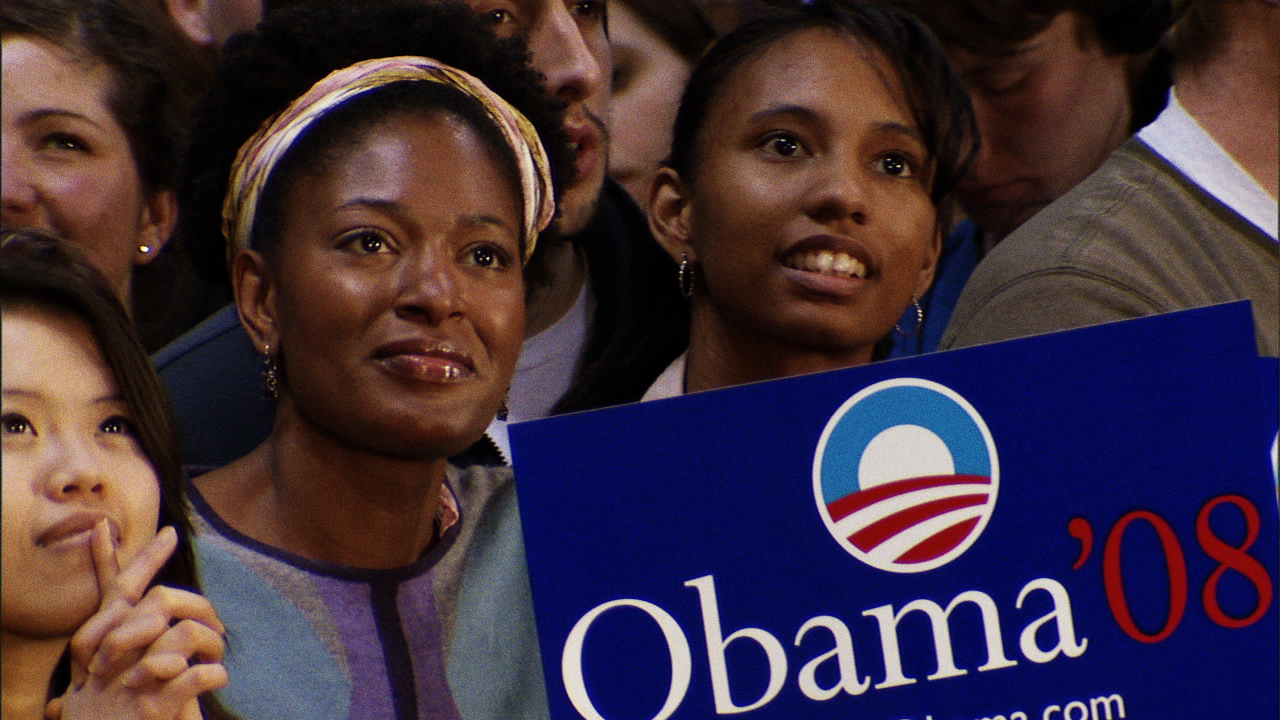



President Obama Unveils New Logos Designed by Mode Project
Follow-up project to our groundbreaking Obama logo design assignment.
President Obama Unveils New Logos Designed by Mode Project
Follow-up project to our groundbreaking Obama logo design assignment.
President Obama Unveils New Logos Designed by Mode Project
OUR ROLE DESIGN DIRECTION
Creative director Steve Juras led designers Aaron Draplin and Chris Glass in the assignment to create two logos, one for projects completed under the American Recovery and Reinvestment Act (ARRA), and the second for the U.S. Department of Transportation’s TIGER (Transportation Investment Generating Economic Recovery) team.

The 2008 Iowa Caucus | "They said this day would never come..."
The 2008 Iowa Caucus | "They said this day would never come..."
The 2008 Iowa Caucus | "They said this day would never come..."
It all came down to Iowa.
We had been editing campaign spots for David Axelrod and the Obama campaign since early 2007. Dozens of ads had already blanketed the first primary states of Iowa, New Hampshire, South Carolina and Nevada but the long-shot campaign of Barack Obama had placed a bet on Iowa—if he could just win the Iowa caucuses, the first nominating contest in the nation, he would gain enough momentum to propel him to victory in the remaining states.
On the eve of the 2008 Iowa caucuses, our rented Chevy Suburban was hitting the road chock-full of editing gear. The Chevy’s outdoor temperature gauge registered minus 10. The dingy motel, just off of the interstate on the outskirts of Des Moines, was five and a half hours away.
Our assignment was to set up an editing suite in the motel and turn then Senator Obama’s post-caucus speech into a television ad to run beginning the next day in New Hampshire. The New Hampshire primary was only five days away — every minute mattered. We readied ourselves for the overnight edit.
We wanted as large of a motel room as possible due to the amount of gear and size of the campaign team. Our reservation was for the honeymoon suite, which seemed like a good idea until we actually saw the room. Imagine a regular motel room with a hot tub in place of one of the beds and a lot more mirrors. The room had less space than a normal room and was not going to work.
The front desk man said that maybe their meeting room would work. It sounded good—the best option so far. The “meeting room” however, was a regular motel room with the bathroom and closet walls removed, no beds, a few desks and couches. Tight, but it would do. The desk man was struggling to get us an Internet connection as the polls neared closing.
Our Internet connection came to life minutes before the polls closed. The room had no television. We had to learn of the caucus results via car radio while out on a run to the nearest Hy-Vee — we were stocking up on caffeine and sugar.
“They said this day would never come. They said our sights were set too high… but on this January night, on this defining moment in history, you have done what the cynics said we couldn’t do”
The rest of it was a blur. Campaign aides arrived with the victory speech, tape was digitized, the mood was euphoric. Obama had won a stunning 38 percent of the overall caucus vote. Axelrod and campaign manager David Plouffe had already boarded a plane for New Hampshire — Jim Margolis, from D.C. based GMMB stood in for them. The spot was rushed to a Des Moines TV station for satellite uplink minutes before the 6 am deadline. It had been an exhilarating evening.
That historic night marked the start of the long and drawn-out primary fight. By the November election, Mode Project had cut over 200 broadcast spots and additional content. We are honored to have been on the Obama ’08 Media Team from the beginning, having been brought in to direct the design of the iconic Obama logo in December of 2006.

Obama '08 - Super Bowl, Super Tuesday
Obama '08 - Super Bowl, Super Tuesday
Super Bowl, Super Tuesday.
Barack Obama and Hillary Clinton were locked in a tough fight. Super Tuesday loomed large. Tuesday February 5th 2008 was the day that 24 states would hold their primary elections: the largest number of states to hold simultaneous contests in the history of presidential primary elections. Super Bowl XLII would take place two days before Super Tuesday. Nearly 100 million Americans would be tuning in; a perfect platform for reaching primary voters, but Fox had banned political advertising on their network during the event.
The Obama campaign sidestepped the Fox ban by purchasing airtime on local stations in the 24 states, but one week before the event the campaign had not decided what ad to run. We had been experimenting with footage from Obama political rallies, trying to capture the spirit and excitement from the campaign trail. Massive crowds had turned out to see Obama from New York to California. In Austin, 21,000 Texans showed up. People were climbing trees to get a better look at the candidate. It felt like a movement. If we could convert what we saw in the rally footage to a television ad, maybe it would be right for the Super Bowl.
Ike Reilly, a singer-songwriter friend had a song called "Duty Free" which became the soundtrack for a rough cut. Reilly's song was raw and exciting. It sounded great underneath the rally footage, adding layers of emotion. Our experiment started to gel. Snippets of Obama's voice pieced together from the campaign trail hit his campaign themes of hope and change. We screened the rough cut with Obama's chief strategist David Axelrod. David penciled-in several titles; we wrote the tagline "Join Us". The ad felt right. No voiceover, no fancy graphic treatment, no script. Just Obama with the people.
Reilly's lyrics became an issue as the ad worked its way through the approval process. We had to replace Reilly's track at the last minute. There was some back-and-forth over a competing ad which had been created by a D.C. agency; their ad was more conventional. The Obama campaign chose ours. It pays to experiment.
“We want an end to this war and we want diplomacy and peace. Not only can we save the environment, we can create jobs and opportunity. We’re tired of fear; we’re tired of division. We want something new. We want to turn the page. The world as it is is not the world as it has to be.”
The New York Times takes note of our ad:
Barack Obama had a great Super Tuesday, winning 13 contests to 10 for Hillary, gaining 847 delegates to Hillary's 834. Mode Project edited over 200 ads and additional content by the November election and had been a creative partner to the campaign since its inception, having directed the design of the Obama logo in December 2006.
Another creative experiment:
User-generated photos become a motion graphics version of the ad.



















